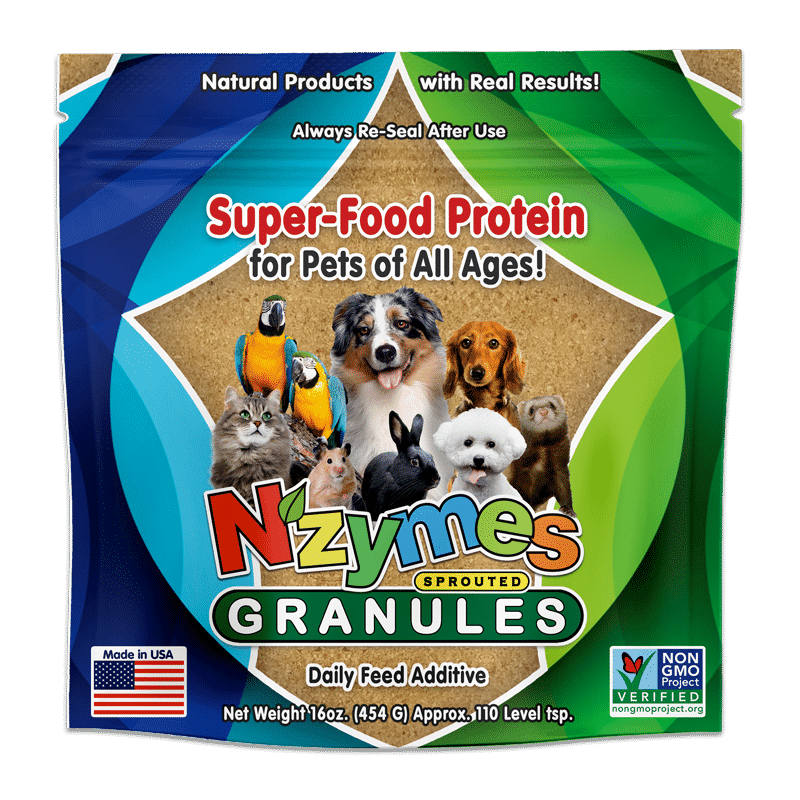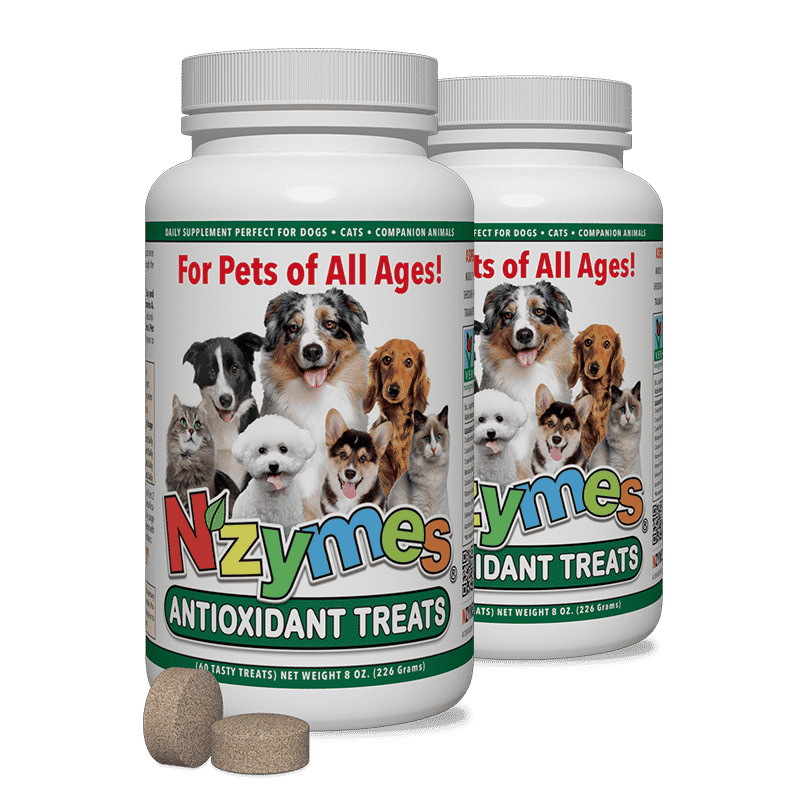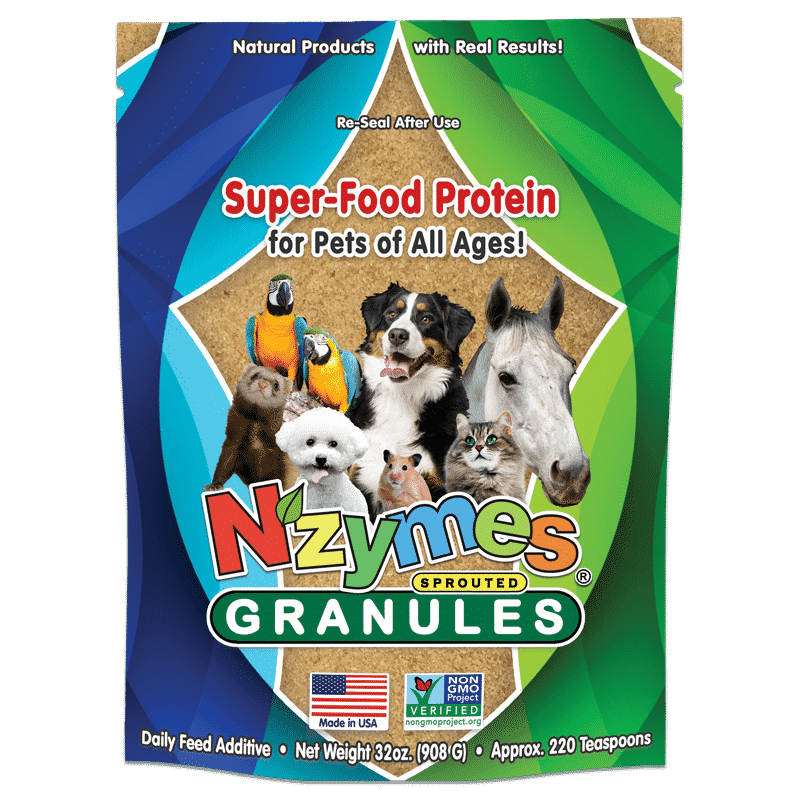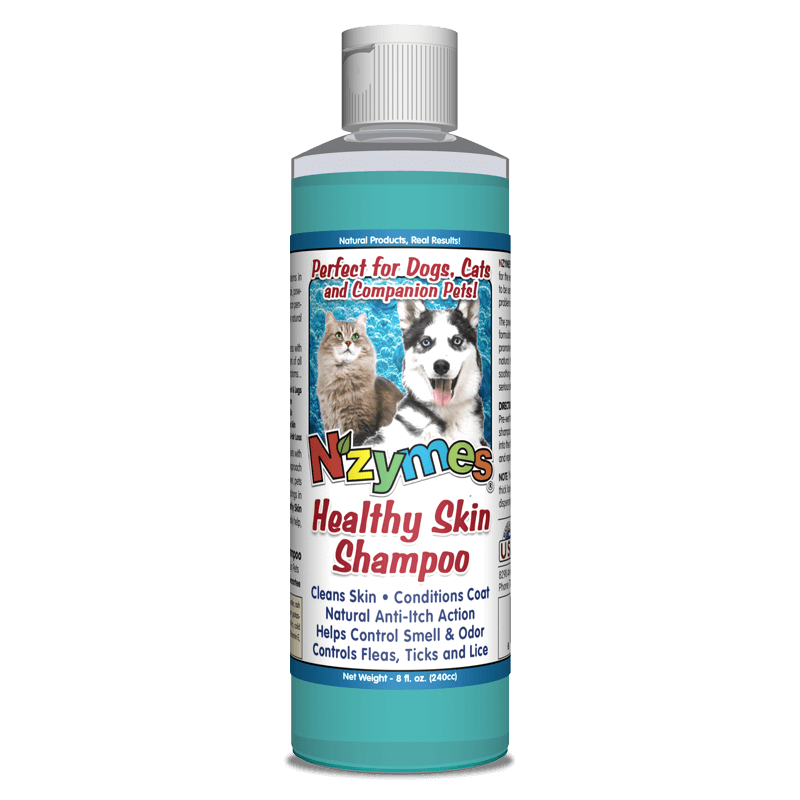Are Foods with Glucosamine Additives up to the Hype?
We’ve all seen the commercials: Happy dogs, eating fancy foods with fancy labels that promote how this particular kibble dog food helps to maintain healthy joint function and/or alleviate joint pain.
“Our quality dog food is amazing and contains a high source of natural glucosamine”… a small paraphrase perhaps, but this is basically (if not verbatim) repeated by many dog food companies – because they know many pet owners have heard of this popular supplement called glucosamine.
But what exactly is it? And is the kibble dog food with glucosamine sufficient; in other words, is it all that is needed to support healthy joints?
Glucosamine is a natural chemical compound found in the connective tissues of every human and pet’s body alike. As a supplement, it’s most commonly made from ground up shellfish like crab, lobster or shrimp. It’s also made with microbial grain fermentation.
Fun fact: the name of this compound is actually a nickname of two combined words, glucose and glutamine -which is an amino acid.
Many kibble dog foods boast that they contain glucosamine, but the question is – is it enough; is it really going to provide the desired result? If your dog is getting older or suffering from joint pain, should you simply switch his food to one of these glucosamine foods, or would it be better to use a glucosamine supplement?
Here are a few things to consider…
Pet food labels and advertisements can be very deceiving. The rules and regulations surrounding the specifics of what a dog food company can and cannot say in advertisements are convoluted at best. These ads don’t provide the average dog owner with a fair chance to actually make an informed decision. In fact, these marketing techniques can sometimes leave a concerned dog owner more confused than they are aware.
And here’s why…
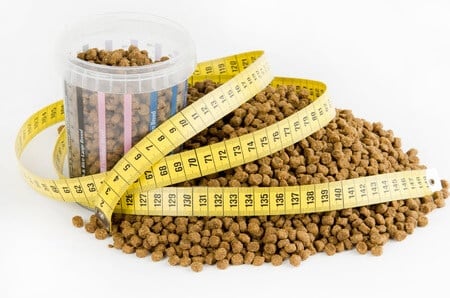 As it turns out, dry dog foods available at major chain stores that proudly claim a “rich source of glucosamine” on the label, only average a minimum of 300mg/kg per serving. That means you would need to feed an average size dog about 30 cups of kibble every day in order to meet the recommended amount of glucosamine – and also make one very fat dog.
As it turns out, dry dog foods available at major chain stores that proudly claim a “rich source of glucosamine” on the label, only average a minimum of 300mg/kg per serving. That means you would need to feed an average size dog about 30 cups of kibble every day in order to meet the recommended amount of glucosamine – and also make one very fat dog.
Now let’s check the stats on the high-end joint support food that you would pick up at a healthy or specialty pet food store.
The “guaranteed” analysis on these dog foods claim a minimum of 500mg/kg per serving. That sounds a lot better, right? But think about this – based on this amount of glucosamine, your dog would still need to consume about 18 cups of food per day to get the recommended amount glucosamine… only now you have the privilege of paying $80-$90 per bag. Delicious.
So what about the glucosamine foods available at your local vet’s office?
These dry dog foods understand the importance of location and are strategically placed at these significant locales for around $120 per bag. Yes – they boast a clear advantage at around 950mg/kg of glucosamine per serving. Your dog will now only need to eat 10 cups of this fancy food… still substantially more than recommended 3 1/2 cups of food a day. And it’s worth noting that these ‘prescription diets’ offer about the same nutritional values as the $20 bags of kibble available at chain stores – nothing that provides any ‘fancy’ nutrients for any other healthy functions or organs in your dog’s body. This is due to the fact that even kibble dog foods stacked proudly at your vet’s office are still cleverly regulated by the same standards of much cheaper chain foods.
So should we switch to a new dog food that is “rich in natural glucosamine when your dog is slowing down? My answer is a big fat “NO” – and not just because it could lead to a big fat dog. All dogs need a good quality diet… and the right type of diet may help prevent him from these joint problems in the first place. But if you truly want to help your dog’s joint pain, keep it simple and straight forward. Just add in a natural joint supplement and don’t become a by-product of the deceptive marketing.
Products Recommended for Joint Support in Dogs/Pets
Sprouted Granules for Economical Preference, the Treats for Convenience


